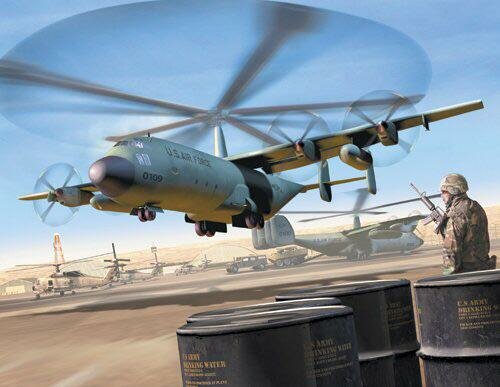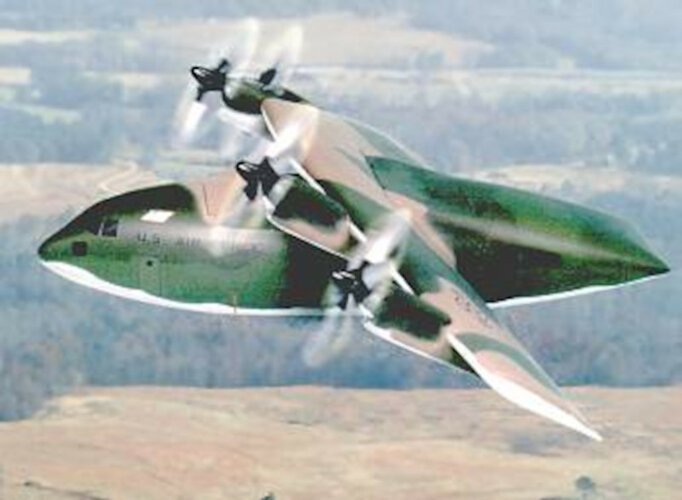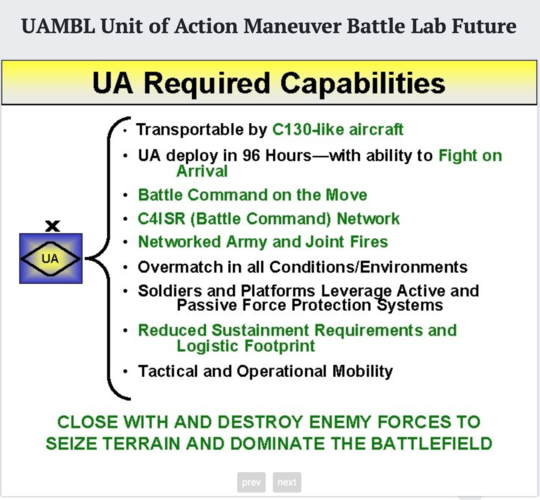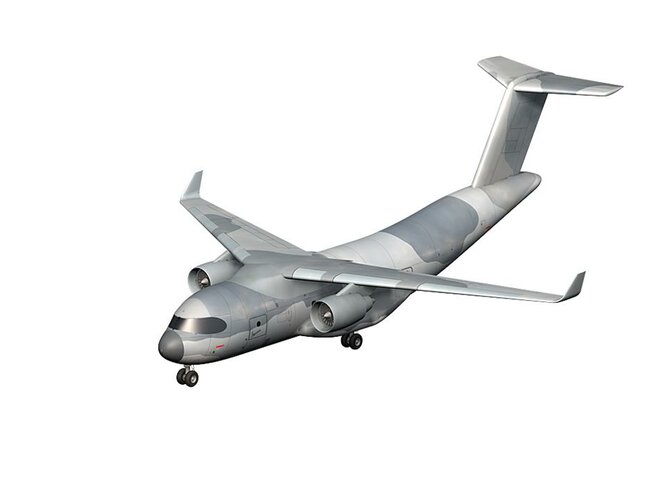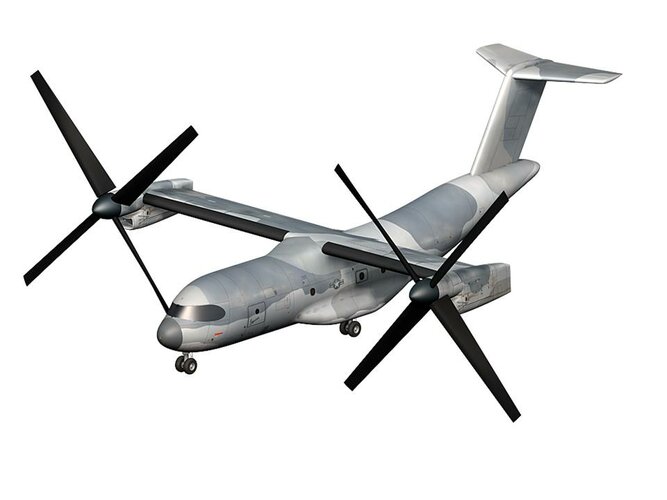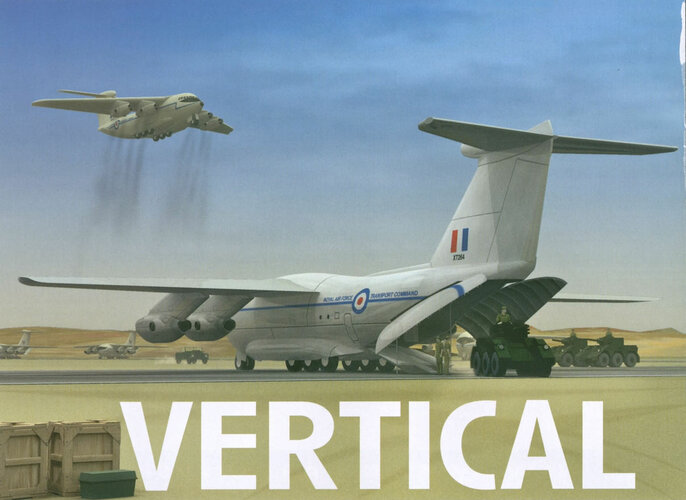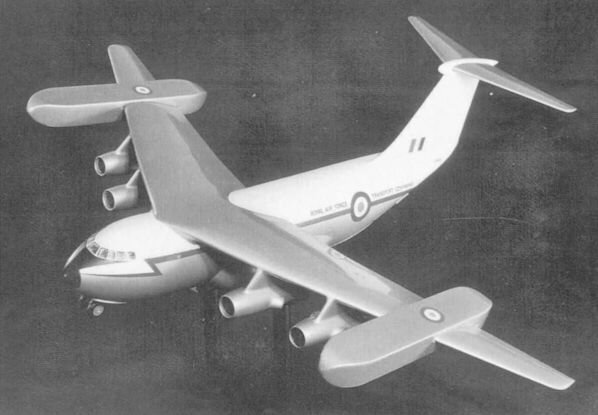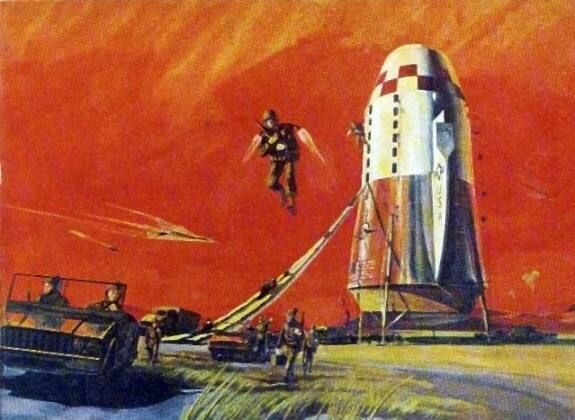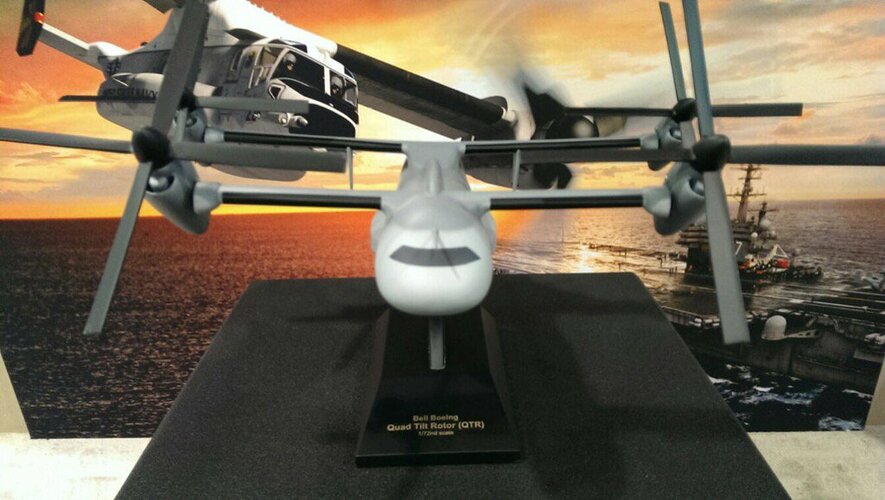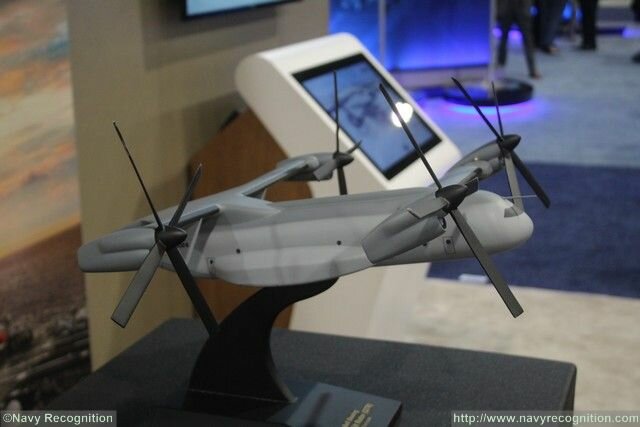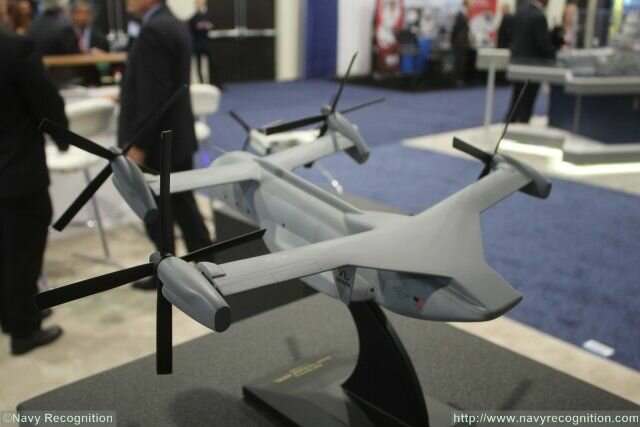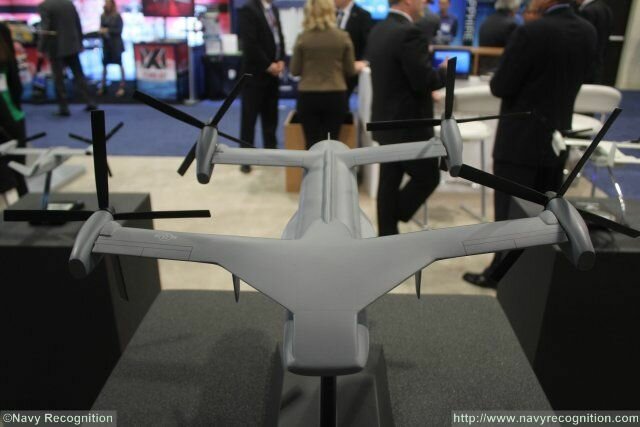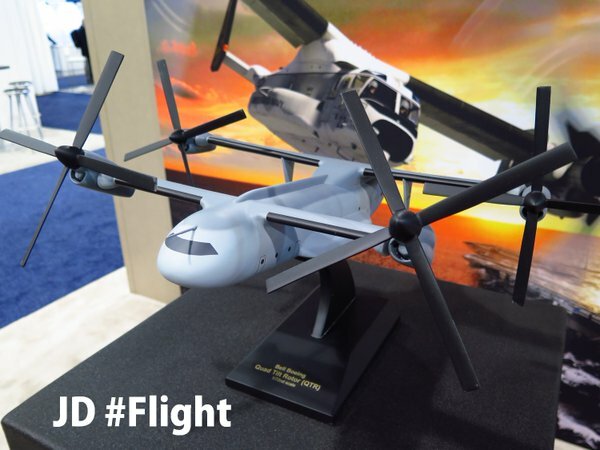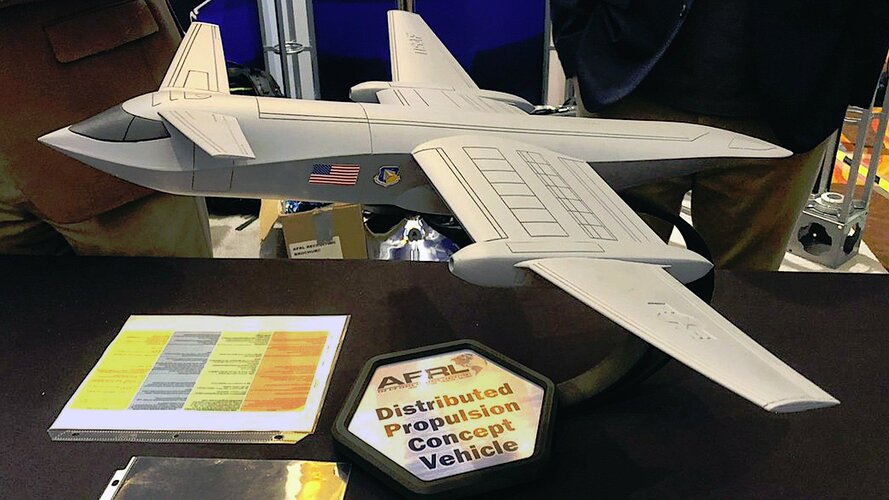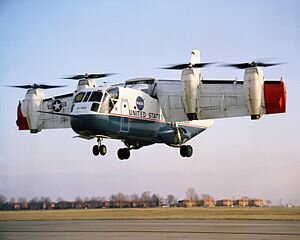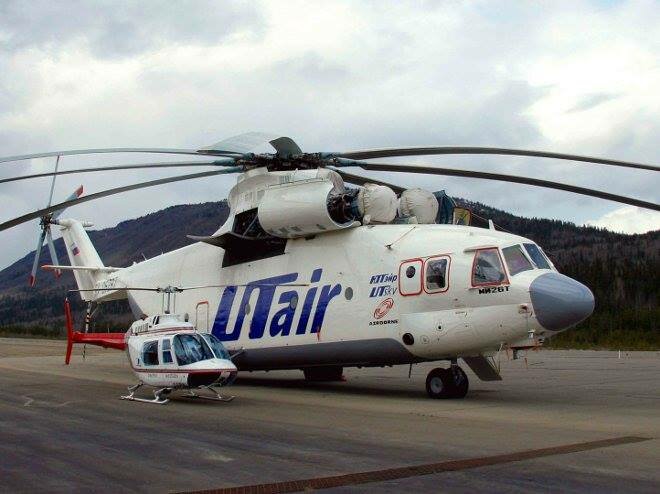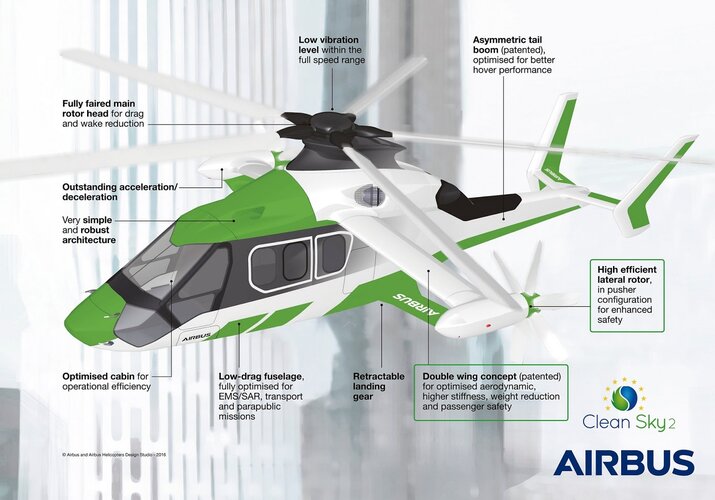Lt Gen. S. Clinton Hinote told the House Armed Services seapower and projection forces panel the Air Force no longer views the C-130 as “well suited” to the future tactical airlift mission, and it needs to replace it with “new capabilities” involving vertical lift technologies.
[...]
In wargaming scenarios with China, and given the Air Force’s plan to island- and location-hop to avoid enemy missiles, “we run significant risk in [tactical] airlift, especially in conducting logistics under attack,” Hinote said. The “C-130 capability is not well-suited to address this risk,” he said. “That’s why we feel we need to retire a certain number of the older C-130s, while addressing this airlift risk in new ways, with new capabilities.”
In scenarios where logistics is under attack by China, Russia, or other adversaries, “what we see is that the capability for vertical lift is going to be really important for us; i.e., getting away from the fixed runway, so that we can do logistics in a way that is somewhat disruptive, and, frankly, a lot harder to target.”
Hinote said there are “quite a few efforts going on” with regard to battlefield vertical lift. The Army is pursuing a number of new rotary-craft programs, which Hinote said the Air Force is “following very closely,” but “at the very same time, we’re exploring vertical lift programs inside of our RDT&E as well.” Hinote did not forecast when the Air Force might start moving toward the new capability with a program of record.

Air Force Eyes Vertical Lift Tech to Replace C-130 | Air & Space Forces Magazine
The Air Force may replace the venerable C-130 with a vertical lift platform for tactical airlift missions in the future, a top official said.

